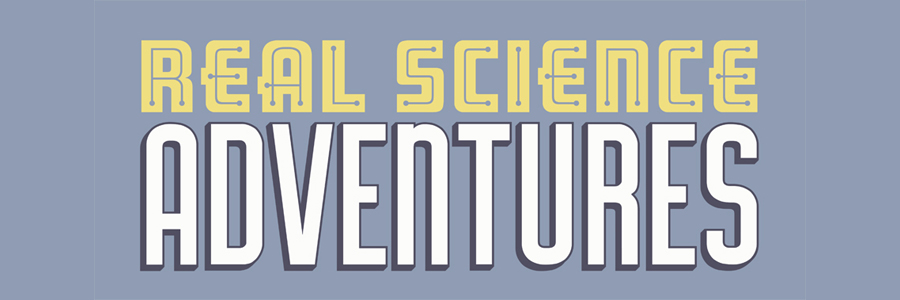The most interesting part of writing this comic has been watching it inform itself.
This sort of thing happens with all stories, I think. The act of writing out a story will take you down paths that never would've occurred to you. It's why you always hear "write every day." It's not just a PRACTICE PRACTICE PRACTICE mantra, though it is that too, but it's because the writing is where all the work is.
Like, you can do *~world building~* until you're blue in the face, but that's not the work. To put it into terms of having a "real" job: worldb uilding is, at best, meticulously planning the route you will take to get to the office. It is literally the "thinking about going to work" of writing.
I mean, sure, there's a time and place and use for it. But I see so many people out there who don't know they're trapped by their own world building. They become so fixated on the world building itself that the story will never get written.
And I just want to explain to these folks, y'know, most of your world building happens by writing the damn story.
Now, fair warning, doing that means sometimes you'll have to delete something or re-write it. Oh, dear!
Uh, let's bring this back to its point: Atomic Robo the comic book informing its own premises. It's got to happen with every story, hell it happens to everything I write, but I think Atomic Robo is extra susceptible to it because of how the series interacts with time.
We're not tracking Robo's life in chronological order. So, time is already juggled up a bit. And then we can drop flashbacks into any story. And while that probably sounds simple on the surface, actually doing it is a bit like juggling chainsaws that are also juggling knives. It's why we have a timeline. That's not for you guys, it's to help us keep those chainsaws in the air.
So, with the setting being revealed to readers back and forth through its own time, we're given a little wiggle room to expand and contract the facts of the fictional setting as our ideas about them evolve while we move inexorably forward in our own time.
Hang on. Did that make any sense?
What I'm saying is: we can hint at ideas and drop plot hooks in, say, one volume that takes place in 2005, and then in another volume released years later that takes place in 1960 we can show you the payoff for those old story seeds, and we can do it with a greater understanding of the setting than we had back when we planted them. We'll have found more ways to hook the original idea into the setting in the intervening years of writing stories.
I'd cite some examples of this, but the earliest one I can think of happens across Volumes 4 and 5 and we haven't shown those to you yet. Technically there's stuff in Volume 1 that qualifies, but the payoffs for those don't hit until Volume 9, so no joy there either.
I'm probably thinking about this stuff because I'm re-reading The Shadow From Beyond Time as it comes out while also writing our eleventh volume, The Temple of Od. Most of Shadow happens after Temple, but the weird setting ideas that get expanded upon in Temple originate in Volume 5.
Chainsaws!



